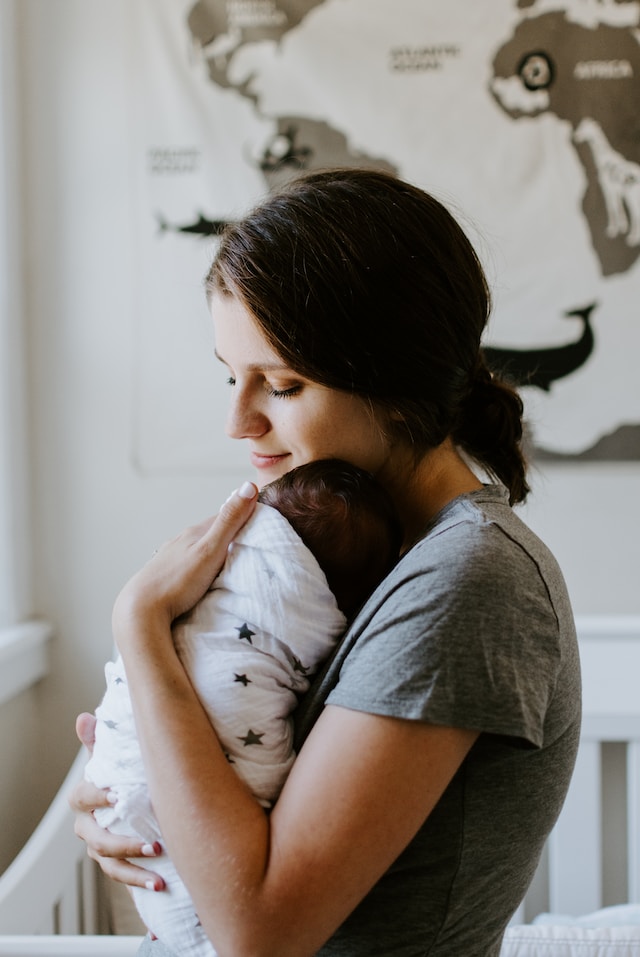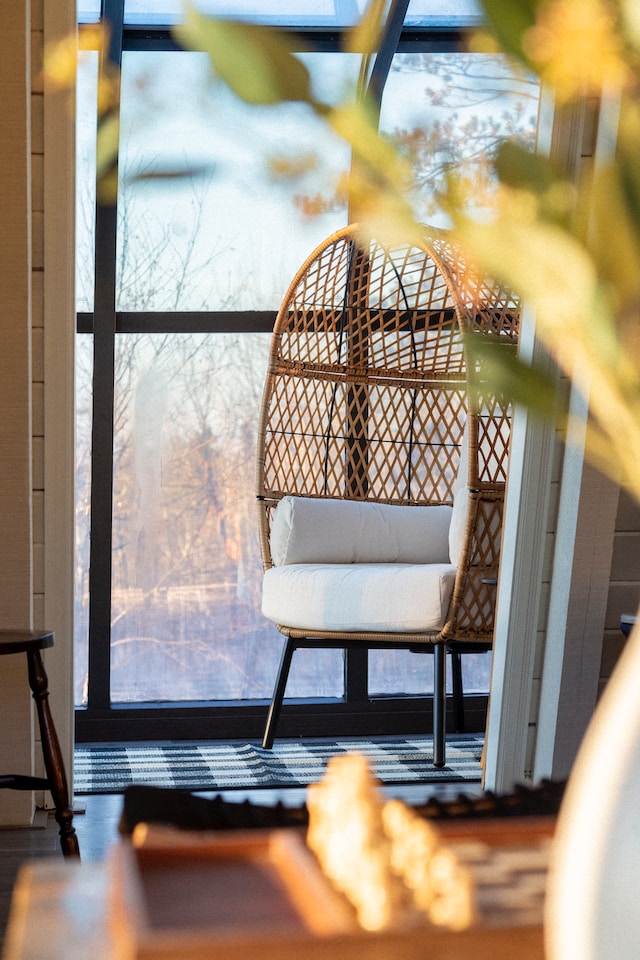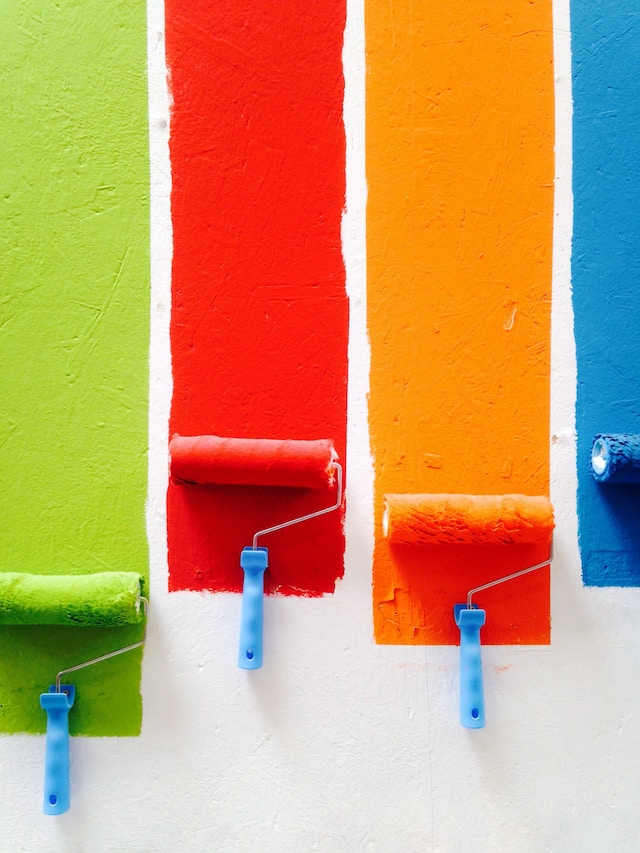Purchasing a piece of real estate is a complicated and expensive transaction. Buyers are first faced with the daunting task of sifting through the available properties and identifying those that match their criteria. Having compiled this list, the buyer can proceed to select a number of candidate properties to view in-person.
By conducting a cursory inspection, the buyer can identify problems in a property that may disqualify it as a prospect. This preliminary examination allows the buyer to postpone the expense of a formal property inspection until only the best candidate properties are identified.
Preparing for an Inspection
Performing an inspection is about making observations and may require accessing areas in the building that are above eye level and lack artificial lighting. A 6-foot ladder, flashlight, camera and a notepad and pencil are good tools to have available for the task. Taking multiple photographs of each desired subject is recommended during the inspection to account for movement, focus and lighting.
Exterior Property Inspection
Walking completely around the outside perimeter of a building often yields important observations. Visually inspecting the exposed portions of a house foundation may turn up evidence of excessive settling, cracks and other problems. Any cracks found should be noted, photographed, and pointed out to professional inspectors if the property becomes a prime candidate for purchase.
Examining exterior walls can help identify structural issues if leaning or tilting is noted. The roof covering should also be visually inspected for condition and the type of roofing material should be noted. Kansas City’s best roofing company can check for issues and take care of anything that may arise. Eaves are another important inspection point for attic ventilation and roofing structure. Windows and doorways should also be inspected for weatherization and condition.
Crawlspace Inspection
If the building has a pier and beam foundation, access to the crawl space underneath the building’s floors may be available. In such cases, a visual inspection of the floor joists, subflooring and general condition of materials is recommended. Take note of any signs of moisture such as mud, water stains or leaking pipes. Dark, damp conditions are ideal for mold growth, and taking note of any evidence of its presence is also recommended.
Plumbing System Inspection
Plumbing may also be exposed in the crawlspace. It should be noted whether PVC, copper or iron pipe or a combination is present. Freeze protection, evidence of leaks or broken fittings should also be noted. If water pressure is present, accessible valves can be exercised. Visual inspection of drainpipes is also recommended to document needed repairs or replacements.
Completing an initial inspection of prospective real estate properties is one way to refine the list and identify those warranting further consideration. A more formal inspection that includes electrical and HVAC systems can then be completed to identify the best value available.




